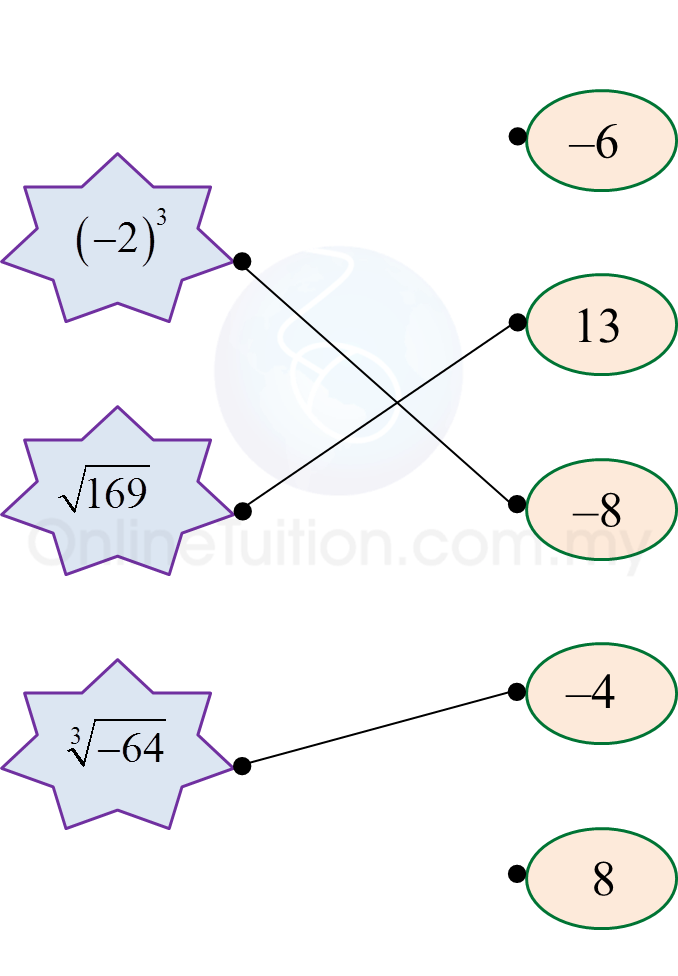4.1 Linear Equations I
4.1.1 Equality
1. An equation is a mathematical statement that joins two equal quantities together by an equality sign ‘=’.
Example: 1 km = 1000 m
2. If two quantities are unequal, the symbol ‘≠’ (is not equal) is used.
Example: 9 ÷ 4 ≠ 3
4.1.2 Linear Equations in One Unknown
1. A linear algebraic term is a term with one unknown and the power of unknown is one.
Example: 8x, -7y, 0.5y, 3a, …..
2. A linear algebraic expression contains two or more linear algebraic terms which are joined by a plus or minus sign.
Example:
3x – 4y, 4x + 9, 6x – 2y + 5, ……
3. A linear equation is an equation involving numbers and linear algebraic terms.
Example:
5x – 4 = 11, 4x + 7 = 15, 3y – 2 = 7
4.1.3 Solutions of Linear Equations in One Unknown
1. Solving an equation is a process of finding the values of the unknown in the equation.
2. The number that satisfies the equation is called the solution or root of the equation.
Example 1:
x + 4 = 12
x = 12 – 4 ← (When +4 is moved to the right of the equation, it becomes –4)
x = 8
Example 2:
x – 7 = 11
x = 11 + 7 ← (When –7 is moved to the right of the equation, it becomes +7)
x = 18
Example 3:
Example 4:

